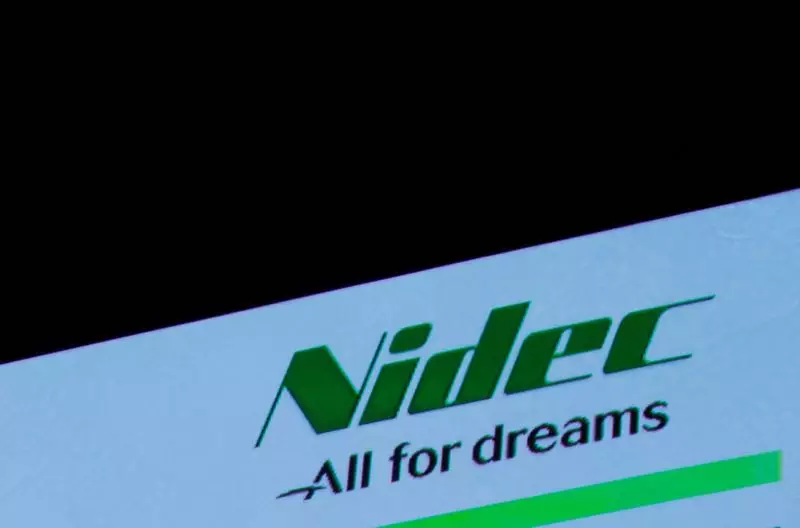Japanese electric motor manufacturer Nidec has reported a 5% increase in its operating profit for the third quarter, signaling a continued demand in key sectors like data centers and battery energy storage systems. For the quarter ending in December, Nidec’s operating profit reached 54.5 billion yen (approximately $348 million), a rise from 51.8 billion yen during the same timeframe the previous year. However, this figure fell short of analysts’ expectations, who had anticipated an operating profit of 62.3 billion yen, which introduces questions about the company’s overall growth strategy and market positioning in an increasingly competitive landscape.
Yearly Forecast Remaining Optimistic
Despite this quarterly dip in performance, Nidec has maintained its full-year operating profit forecast at 240 billion yen, which represents a nearly 50% increase compared to the last fiscal year. This optimism is essential, as it demonstrates the company’s confidence in long-term growth prospects, particularly in electric vehicle (EV) technologies and AI-driven infrastructure. Nevertheless, the discrepancy between Nidec’s actual profits and projections raises concerns about how external factors like component supply and regional market downturns may disrupt the momentum.
The company noted an alarming 10% decline in its operating profit on a quarter-to-quarter basis. Much of this downturn can be attributed to ongoing supply chain issues, particularly relating to the availability of next-generation graphics processing units (GPUs) that are crucial for powering advanced data center capabilities. Furthermore, Nidec faces a challenging European market, particularly in the automotive sector, which has traditionally been a robust revenue stream. This points to a potential strategic misalignment in Nidec’s operational focus, raising the need for a reevaluation of market strategies, especially in vulnerable regions.
Seizing Opportunities in Emerging Markets
On a brighter note, Nidec has recognized growth opportunities in burgeoning sectors, particularly the increasing demand for water-cooling modules tailored to AI data centers. The company has previously indicated ambitions for this sector, estimating that revenues could reach an impressive 1 trillion yen in sales in the future. This forward-thinking approach demonstrates Nidec’s willingness to innovate and adapt in response to emerging technological requirements.
The firm is also investing heavily in electric vehicle technology, developing an advanced e-axle traction motor that integrates essential components like gears, motors, and power-control electronics. Such initiatives are critical for Nidec as the global automotive industry pivots towards electrification, and they might well position the company as a leader in this transformative market.
In a bold move to enhance its market share, Nidec recently made headlines with its unsolicited 257-billion-yen bid for Makino Milling Machine, a prominent player in the machine tool industry. This acquisition could aid Nidec’s diversification strategy and consolidate its foothold in various industrial domains. However, it will require meticulous planning and execution to integrate Makino’s operations effectively while maximizing synergies without compromising Nidec’s existing strengths.
While Nidec’s third-quarter performance showcases resilience amid challenges, the company must address its supply chain vulnerabilities and market dynamics to sustain its growth trajectory. The balance of nurturing current strengths while seizing future opportunities will be vital in navigating the complexities of the modern industrial landscape.

